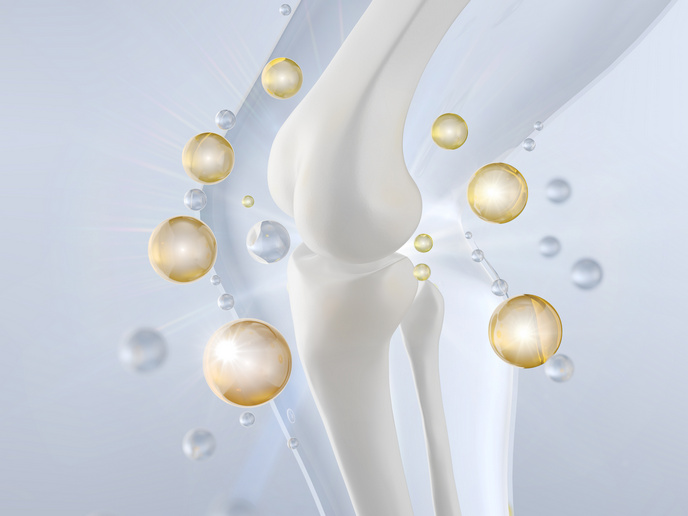Laser technology boosts efficiency of non-linear optics
Laser-based technologies are a part of our everyday life, with a broad range of scientific and commercial applications in domains such as physics, chemistry, engineering, medicine and information processing. Extending this range calls for a constant expansion of the accessible regimes of laser operations. Concepts from non-linear optical processes provide all the means to address this objective. However, non-linear optics typically suffer from limited efficiencies. Thomas Halfmann, coordinator of the EU-funded HICONO(opens in new window) project and professor of physics at the Technical University of Darmstadt(opens in new window), sets out the project's approach: “We established the theoretical foundations and provided experimental proof of new mechanisms to control atoms and molecules by intense lasers.”
Beyond state-of-the-art ultra-fast laser physics and non-linear optics
HICONO developed new optical technologies to generate and measure superfast light pulses on a timescale of femtoseconds (millionths of a billionth of a second) and below. The project also developed new techniques for laser-based microscopy and implemented commercially available tools for high-precision distance measurements. “We introduced and applied new interaction mechanisms of intense light with matter to provide bright sources in new wavelength regimes towards extreme ultraviolet radiation,” explains Halfmann. “This permits the monitoring of superfast processes on microscopic scales.” Specifically, researchers monitored microscopic processes in physics and chemistry with unprecedented temporal resolution – a timescale of attoseconds (quintillionths of a second). “This gave insight into processes where only very little was known until now, as no techniques were available on the short timescale and large spatial resolution,” notes Halfmann. In addition, researchers investigated new ways to improve the brightness of lasers at very short wavelengths, far below ultraviolet wavelengths. Such short wavelengths are relevant for laser lithography, and consequently for the production of ultra-small structures like those on electronic microchips.
Enabling technologies to measure and characterise complex light fields
Lastly, the HICONO team developed technical tools with commercial potential to measure arbitrarily complex, ultra-fast light pulses or enable distance measurements on the scale of one nanometre (one billionth of a metre). “The latter is of significant interest to the applied optics industry in fields such as physics, chemistry, medicine and engineering because it provides optical elements that are of highest quality,” Halfmann observes. HICONO’s research efforts have led to two commercial products for the characterisation of ultra-fast, mid-infrared laser pulses and ultra-precise distance measurements. “The development of novel techniques to measure ultra-fast processes will enable researchers to investigate systems and dynamics that have been out of reach to date,” Halfmann continues. “In particular, we expect new insight into complex chemical and biochemical processes, which in the long term may lead to new developments in medicine, biosciences or pharmacology.” The project also contributed to the expanding and rapidly growing field of photonic technologies by training 10 early-stage researchers with the appropriate skills to capitalise on the concepts of high-intensity laser technologies, laser-based control and applied non-linear optics. This research was undertaken with the support of the Marie Skłodowska-Curie(opens in new window) programme.







